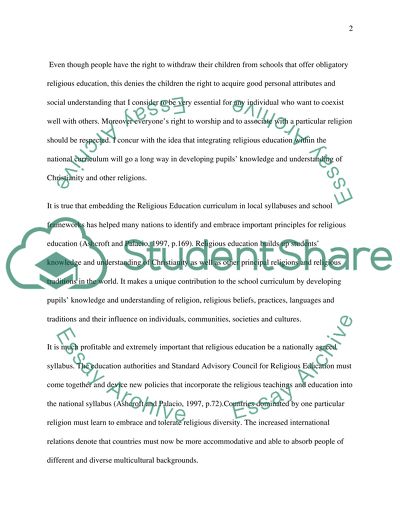Cite this document
(“Religious Education Curriculum as a Basis for Developing an Ethos of Essay”, n.d.)
Retrieved from https://studentshare.org/education/1409196-religious-education-curriculum-as-a-basis-for-developing-an-ethos-of-mutual-respect-among-pupils
Retrieved from https://studentshare.org/education/1409196-religious-education-curriculum-as-a-basis-for-developing-an-ethos-of-mutual-respect-among-pupils
(Religious Education Curriculum As a Basis for Developing an Ethos of Essay)
https://studentshare.org/education/1409196-religious-education-curriculum-as-a-basis-for-developing-an-ethos-of-mutual-respect-among-pupils.
https://studentshare.org/education/1409196-religious-education-curriculum-as-a-basis-for-developing-an-ethos-of-mutual-respect-among-pupils.
“Religious Education Curriculum As a Basis for Developing an Ethos of Essay”, n.d. https://studentshare.org/education/1409196-religious-education-curriculum-as-a-basis-for-developing-an-ethos-of-mutual-respect-among-pupils.


